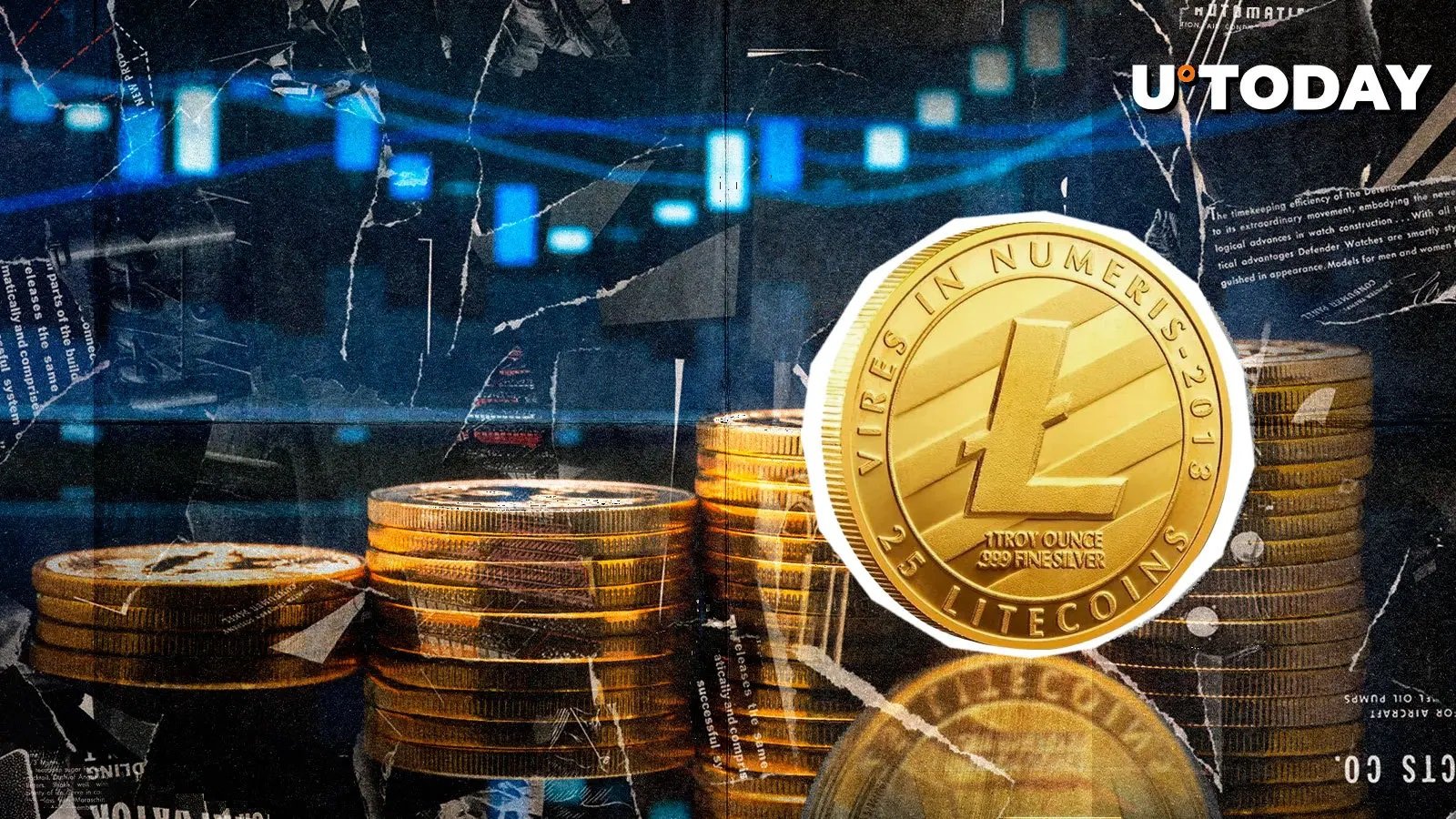Bitcoin’s price jumped after former President Donald Trump spoke in favor of cryptocurrencies. This boost could raise new concerns about how the European Union will regulate the crypto market.
During the Bitcoin 2024 conference, Trump, who is running for president as a Republican, promised to make the US the leading country for crypto and Bitcoin.
Trump’s Crypto Stance and European Regulatory Risks
Donald Trump has positioned himself as a strong contrast to the Biden administration and Democratic nominee Kamala Harris by proposing the creation of a Bitcoin “strategic reserve” for the US government. He also pledged to replace SEC Chair Gary Gensler with a new SEC chair who will support rather than hinder the future of cryptocurrencies. Recently, Trump made headlines as the first presidential candidate to accept cryptocurrency donations, raising $4 million (€3.69 million) for his campaign.
Trump’s support for cryptocurrencies might attract voters who favor digital tokens, but it could also increase regulatory challenges for European policymakers. The dominance of USD-based digital tokens may threaten the euro, the world’s second-largest reserve fiat currency.
Crypto Market Surge and Trump’s Potential Impact
The crypto markets have experienced a resurgence this year, largely due to central banks’ easing monetary policies, the Bitcoin halving event, and the SEC’s approval of spot Bitcoin ETFs. This bullish momentum has been further fueled by speculation surrounding the upcoming US presidential election. Since Biden’s withdrawal from the race earlier this month, Bitcoin has surged more than 13%, reaching over $68,700 (€63,244) on Monday, just 6% shy of its all-time high set in March 2024.
Trump’s recent pledges at the Bitcoin 2024 conference could further boost the cryptocurrency market if he wins the presidency. This potential shift in the US political landscape might prompt European policymakers to reconsider their current regulatory approaches to digital tokens.
Growth and Regulation of Cryptocurrencies: The EU’s Approach
Over the past decade, cryptocurrencies and digital assets have seen remarkable growth in popularity and adoption. This rapid expansion has underscored the need for regulatory frameworks to maintain market stability, protect investors, and prevent fraud. The rise of Initial Coin Offerings (ICOs), security tokens, and stablecoins has highlighted both the innovative potential and the associated risks within the financial system.
In September 2020, the European Commission introduced the Digital Finance Package, designed to help the EU embrace digital finance while addressing potential risks. As part of this package, the Markets in Crypto Assets (MiCA) regulation was proposed to regulate cryptocurrencies and digital assets. MiCA was adopted by the European Parliament and Council in stages, coming into force in June 2023 with partial application beginning then and full implementation scheduled for December 2023.
One notable risk associated with cryptocurrencies is their potential misuse for money laundering and terrorism financing, given the decentralized nature of transactions. Since Russia’s aggression towards Ukraine, cryptocurrencies have been utilized not only to support Ukraine but also to fund Russia’s military efforts. According to the Head of Sanctions at Chainalysis, “Russian entities have turned to crypto under the heavy pressure of international sanctions, using it for private militia group fundraising, continued ransomware attacks, and attempted sanctions evasion.”
Concerns Over USD-Pegged Stablecoins and Their Impact on the Euro
Some EU regulators are expressing concerns that the dominance of USD-pegged stablecoins might threaten the euro. Most stablecoins are pegged to the US dollar, which helps maintain their price stability. Crypto traders frequently use stablecoins on exchanges to facilitate trading between different cryptocurrencies. This situation parallels the dominance of the USD in commodity markets, where assets like gold, silver, copper, and crude oil are quoted in dollars.
To support these stablecoins, a crypto exchange or stablecoin firm must maintain a corresponding amount of USD in reserve. As the demand for stablecoins rises, it tends to strengthen the USD while weakening the euro. Should Bitcoin gain greater prominence in the US, it would likely lead to increased issuance of stablecoins, potentially exerting additional pressure on other currencies, including the euro.
Important: Please note that this article is only meant to provide information and should not be taken as legal, tax, investment, financial, or any other type of advice.
Join Cryptos Headlines Community
Follow Cryptos Headlines on Google News











